Henrik Olesen at Daniel Buchholz, New York
installation view Galerie Buchholz, New York 2016
–
Ecken (Corners), 2016
plaster, vaseline, silicone, wood, screws, aluminum, 4 parts
each approx. 10 x 262 x 14 cm, detail
installation view Galerie Buchholz, New York 2016
–
installation view Galerie Buchholz, New York 2016
–
installation view Galerie Buchholz, New York 2016
–
installation view Galerie Buchholz, New York 2016
–
After Dhalgren II, 2015
acrylic and oil on masonite board, collage, 210 x 195 cm
–
After Dhalgren II, 2015
acrylic and oil on masonite board, collage, 210 x 195 cm
After Dhalgren III, 2015
acrylic and oil on masonite board, collage, 210 x 270 cm
installation view Galerie Buchholz, New York 2016
–
After Dhalgren III, 2015
acrylic and oil on masonite board, collage, 210 x 270 cm
–
After Dhalgren I, 2015
acrylic and oil on masonite board, collage, 212 x 168 cm
After Dhalgren II, 2015
acrylic and oil on masonite board, collage, 210 x 195 cm
installation view Galerie Buchholz, New York 2016
–
installation view Galerie Buchholz, New York 2016
–
2 moons, 2015
acrylic and oil on masonite board, 140 x 215 cm
After Dhalgren I, 2015
acrylic and oil on masonite board, collage, 212 x 168 cm
installation view Galerie Buchholz, New York 2016
–
2 moons, 2015
acrylic and oil on masonite board, 140 x 215 cm
all images courtesy of Daniel Buchholz, New York
–
You still have a few days to view in person the solo exhibition by Danish artist HENRIK OLESEN (b.1967) at Galerie Daniel Buchholz in New York.
The presentation features a series of site-specific works entitled Ecken or Corners (2016) recalling SERRA’s famous Splashing (1968) or Casting (1969 as well as BEUYS’s Fettecke (1960, 1962) . The second body of work featured in the exhibition, is called After Dhalgren (2015) and consists of large-scale wall pieces based on the science fiction novel Dhalgren written by SAMUEL R.DELANY in 1975.
Dhalgren is actually a monument of round 800 pages which depicts Bellona, a middle-American city in the aftermath of an unknown catastrophe. The story follows ‘the Kid’ or “Kidd”, an amnesiac freshly arrived in this post-apocalyptical environment. The book is not only noteworthy for its consideration about race and gender but also for featuring the first fully explicit homosexual representations in DELANY’s science fiction.
Since the work of OLESEN is often based on historical materials, I really encourage you to read more about Dhalgren here as well as to spend time with the press release (see below) written by American science fiction writer and cultural critic MARK VON SCHLEGELL:
Dear
There is nothing to do but read. That is to say I want to write but can fix with words only the desire itself …
As you might have heard, I have 2 exhibitions in Sycophitic City, opening the same day. It is a little eccentric, I know. One show is opening at the B– gallery uptown, and one is opening in New Chinatown at –. The show at — is still not done. I will work here in the space for the next month …
still a long way to go…
.. ..We have only now heard the news of David’s passing. This changes everything. The exhibition uptown was to be installed on the remnants of the former exhibition. I would return the walls to their original formation. The space itself would not be otherwise renovated. The walls would not be painted; they would hold holes, traces, and living bacteria from that very interesting show.
In this one of two events, I had pictured a two pronged arrangement. Two sets of novelties within two against the chaos of these times.
1. “Corners” Site specific works, consisting of negative casts of the proliferation of corners in the gallery. I imagined this, as you know, pictured from above.
2. “After Dhalgren ’75” Wall pieces.
Here things become more poignant. My Lord how incredibly prescient that text seems today. How that city of possible nomads Bellona was the exact opposite of 1970s Manhattan, mirrorwise? And how now I had thought of introducing it into an entirely more different sort of different New York? I once figured it was San Francisco. Katherine Mansfield once described San Francisco, in a letter to Murray, as living on the inside of a pearl. Because of all the fog. Well it seems I only introduced it to itself, after all, or meant to. New York in those days was its opposite, or shall we say its own facing, point of reference. The Genovese family owned the Stonewall Inn. The burning city squatted on weak, inverted images of its fires. What moved became smoke, lobbling from a windowsill set with glass teeth like an extinguished jack-o-lantern.
I’m sorry. I observe a new mechanics. I am the wild machinist, past destroyed, reconstructing the present. I resort to honesty; I employ cut-ups, of the interventionist Burroughsian sort.
Dhalgren came out in ’75. What a year for faggots that was. And we took down Nixon too. But man was no longer on the moon and we didn’t understand that yet as the parabolic fact it proved to be. Our culture shooting outwards and up had hit the nadir. And now we see it is falling down upon us. First step, indeed. The whole exhibition was going to look the way words looked in those days. Or how they did on that particularly spectacular cover when it first found me.
And who exactly else would have remembered these corners; these points of no return invisible at the time? Kidd never cared about the previous occupants of the hallways he explored. His Bellona was a city that cared not about its past, whose squatters were the current scene. They made their poems from within, made each corner its own.
Is this nostalgia? To those from the Age of Hogg, we say search the smoke for the fire’s base. Read from the coals neither success nor despair. We say try Dhalgren. This edge of boredom is as bright. This is the deceiving warmth that asks nothing. And look what we’re left with today. What use can any of us have for two moons? The miracle of order has run out. This circle in all, this change in changing winterless, a dawn circle with an image of, an autumn change with a change of mist.
Did you hear that story that SRD lost an original notebook of a late draft in San Francisco? I read it in my old papers. Or was it AskJeeves? I won’t even say where I found it. This is so strange, but in the interview it’s treated like nothing:
INTERVIEWER: Forty years ago, when you were traveling on the West Coast, you lost a notebook with some forty-two pages of a late draft of Dhalgren. What was it like to reconstruct the novel? Did the story change as a result?
DELANY: I plan things out pretty meticulously. It was simply three weeks of hard, boring work, re-creating the lost pages. If the National eighty-page spiral notebook had ever turned up in the back balcony of the Empire theater on Market Street in San Francisco, where inadvertently I’d left it, many of the paragraphs would be, I suspect, all but word-for-word identical with the reconstructed version of the book.
Well that’s interesting. For we couldn’t help wondering of course when we were reading it if it might be the author’s own notebook which Kidd finds, keeps and transforms into poetry. But now that doesn’t make sense on several levels. Almost nothing now makes sense. Remember that scene in the department store when Kidd seemingly saves the day in a conflict started for no reason that has no particular outcome whatsoever, except this one: He sees himself in the mirror?
Kidd’s not at all as we expect, or he expects either (though of course we accept that from a character who can’t remember his own name). I mean there’s only really a beard and glasses and that ear-ring — but it strikes us as odd as it does him. We had to assume it was Samuel R. Delany himself beaming into his character’s brain through a mirror, straight from Edgar A. Poe’s 1844 Extra Sun. So yeah that must have been it. He was looking for that notebook all along, creating this whole book in that process.
Except for this new small matter of it being a “late draft” in a notebook in which nothing was actually lost….
Well that returns us only to our mirror I’m afraid. As to whom Kidd sees reflected in instead of himself, why it must only be One rather despicable beast of a man altering that world which he could possibly see. So it is said by some. Others compare him to a second moon impossibly beheld in the sky behind our own. It’s he who is seen there, either way. Remember? George Harrison is the author of the real notebook.
You know, George Harrison, the big colored man? On the corner, wearing black-framed glasses[my italics], workshoe heels wedged in a deep tenon, elbows on the knees of soiled khaki coveralls, and reading The Times, sat George Harrison. Big Brother himself (and a small brass ring in one ear!). On a billboard, some six by sixteen feet, George Harrison, naked, in near silhouette before a giant lunar disk, craned his head to search or howl or execrate the night. George Harrison as the moon. George in cycle drag. George in the forest. The three aspects of George. I remember you telling me he was the very opposite of G-d. You attached every horrible thing to him. You asked: “Why — I still don’t understand — are you so hung up on him?”
Shortly after midnight, the moon and something called George, easily enough to mistake for a moon, shone briefly on Bellona. Well now you see, don’t you? George Harrison as the new moon. George in the light of an extra sun. 3 – MARK VON SCHLEGELL for HENRIK OLESEN at Galerie Buchholz, New York, 2016 (citations from SAMUEL R.DELANY, Dhalgren. 1975, et. al.).
HENRIK OLESEN at Galerie Daniel Buchholz, New York is running until March 5, 2016
–
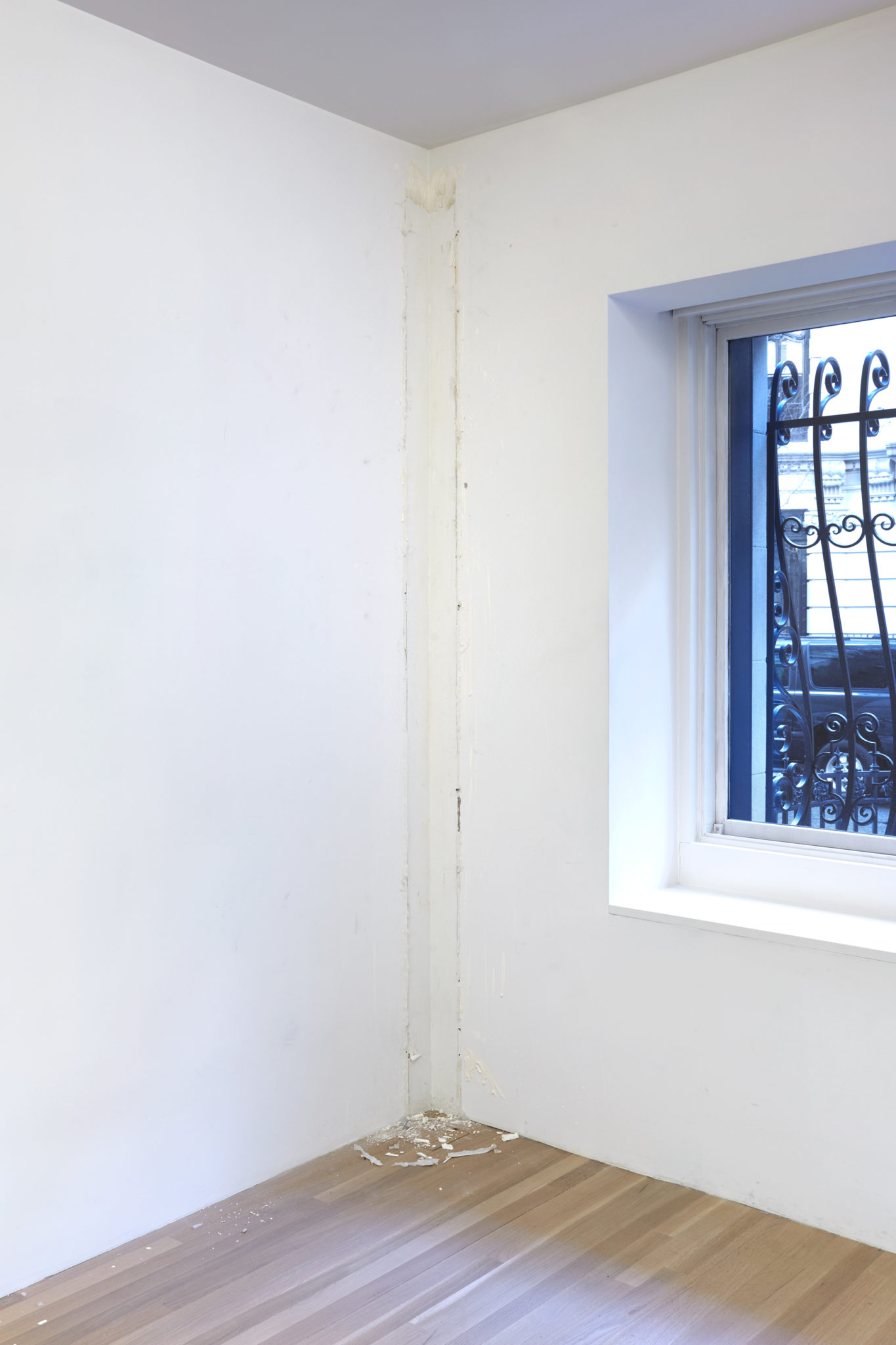
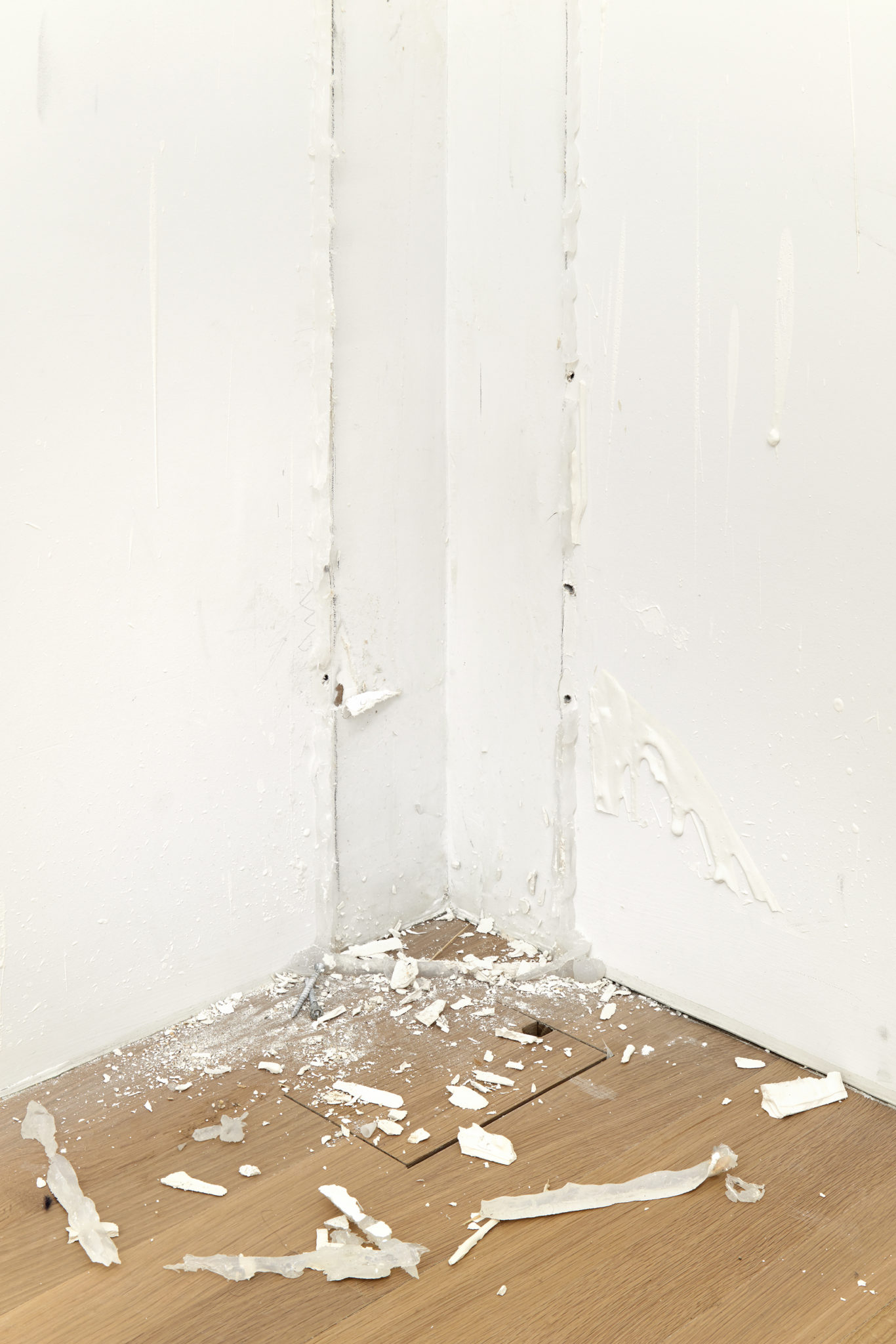
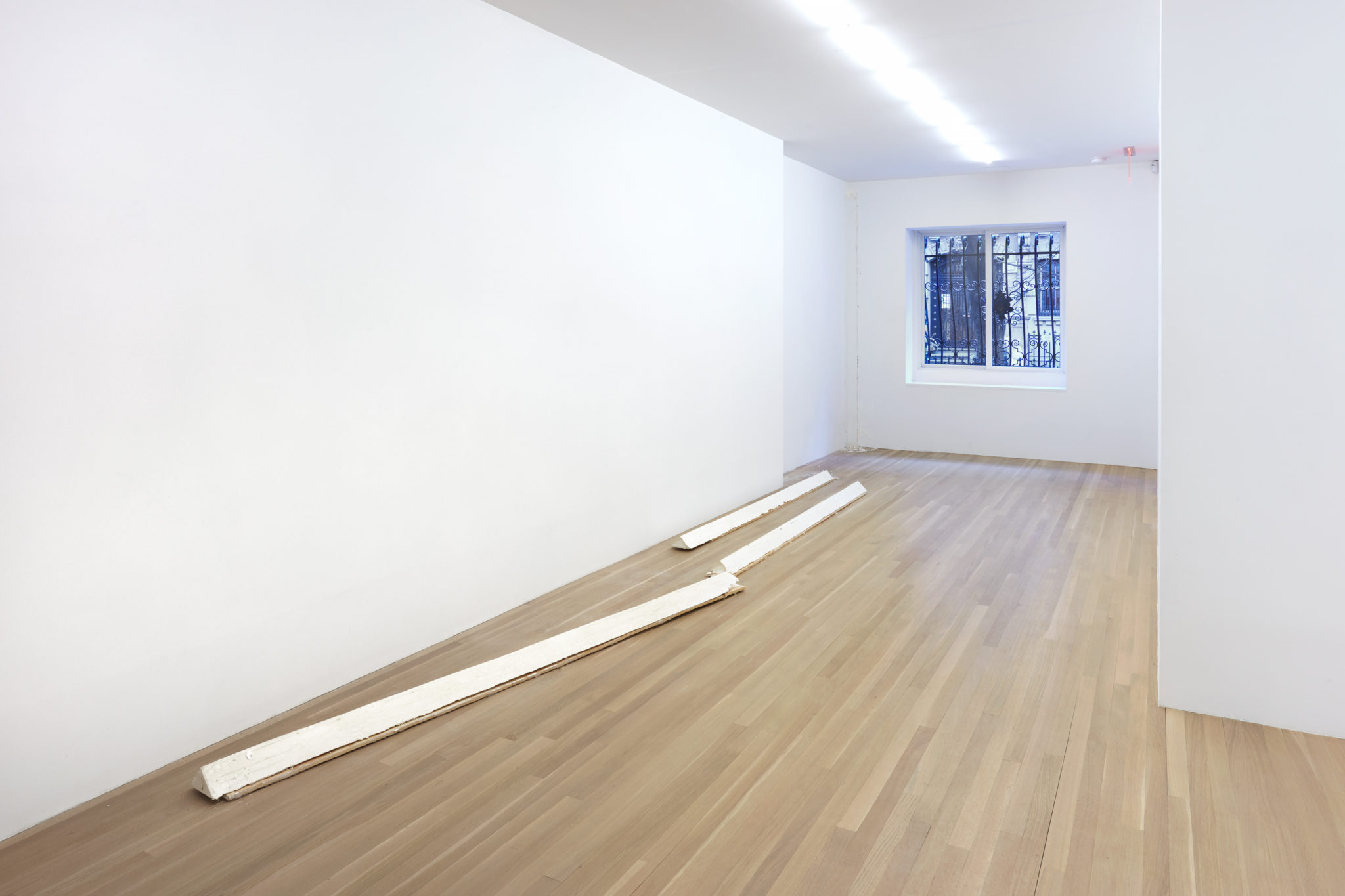
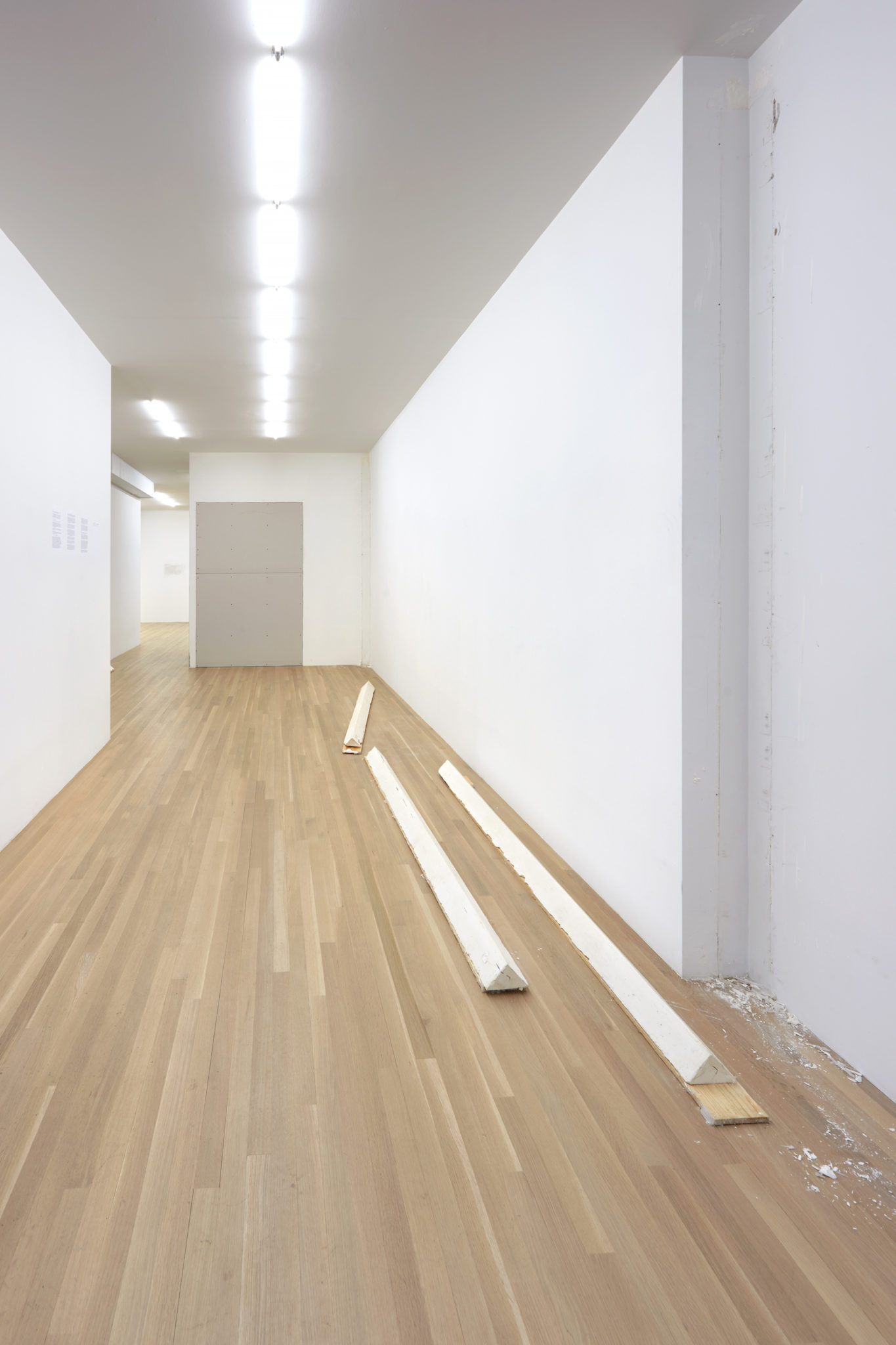
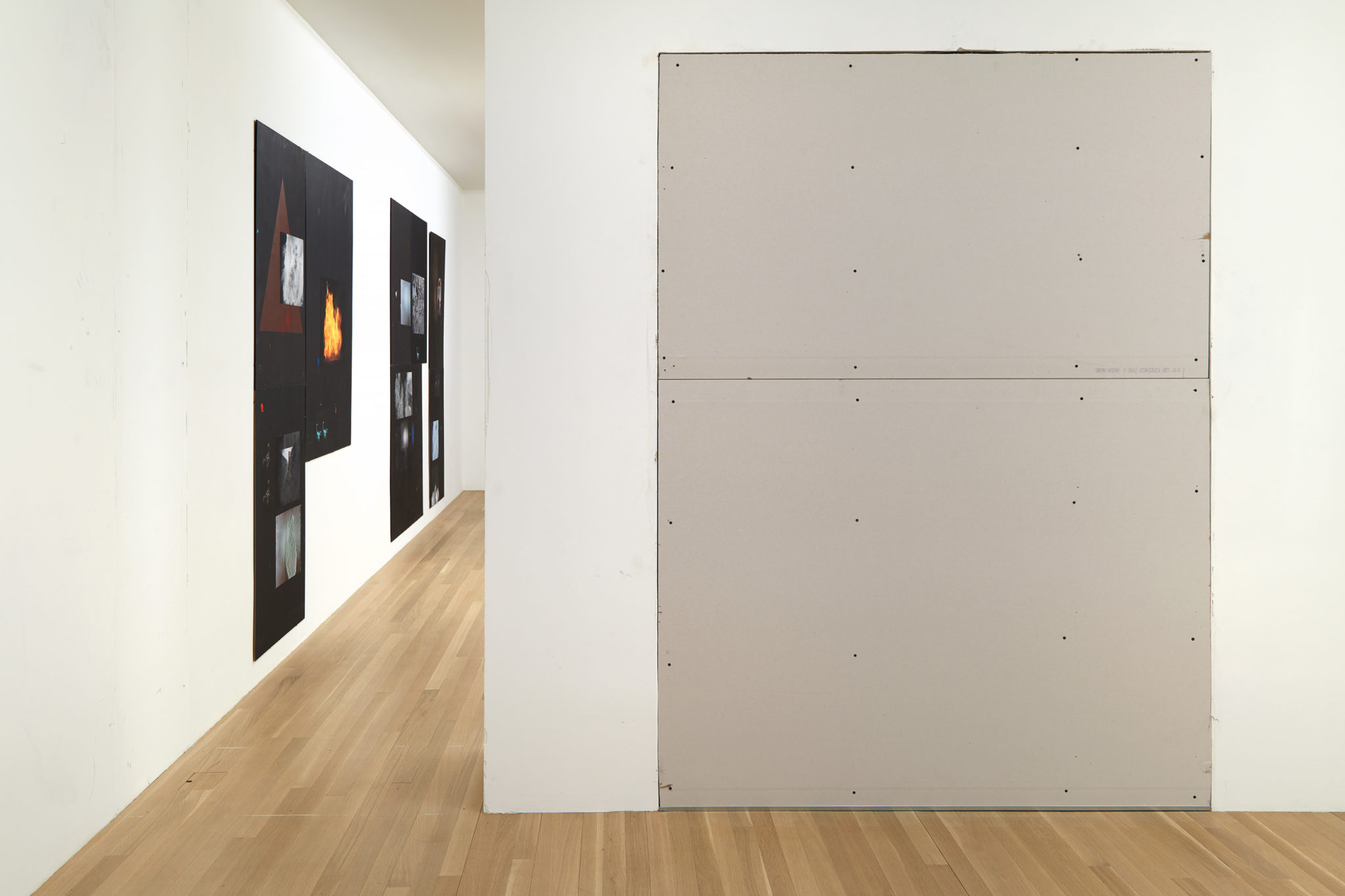

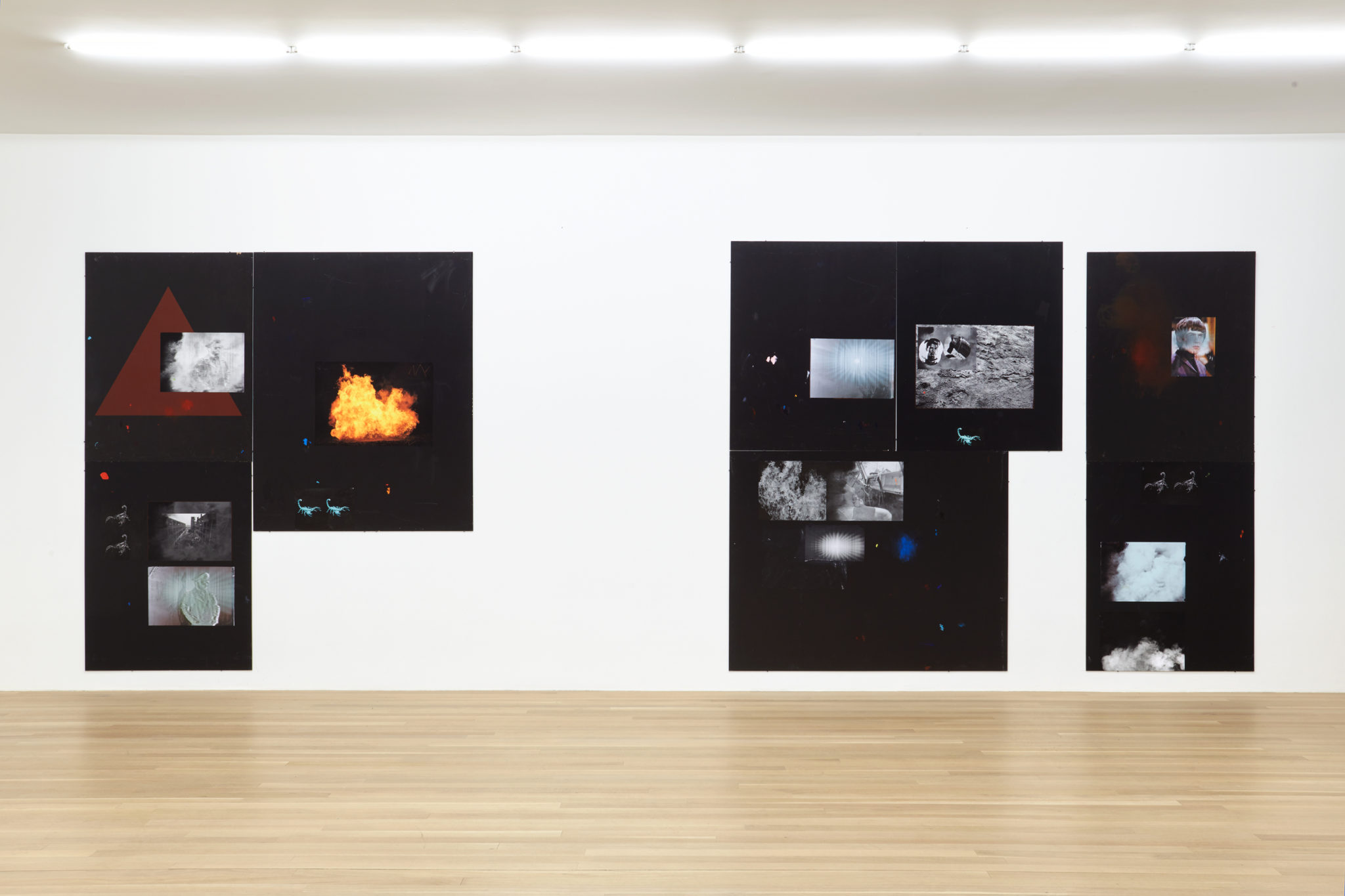
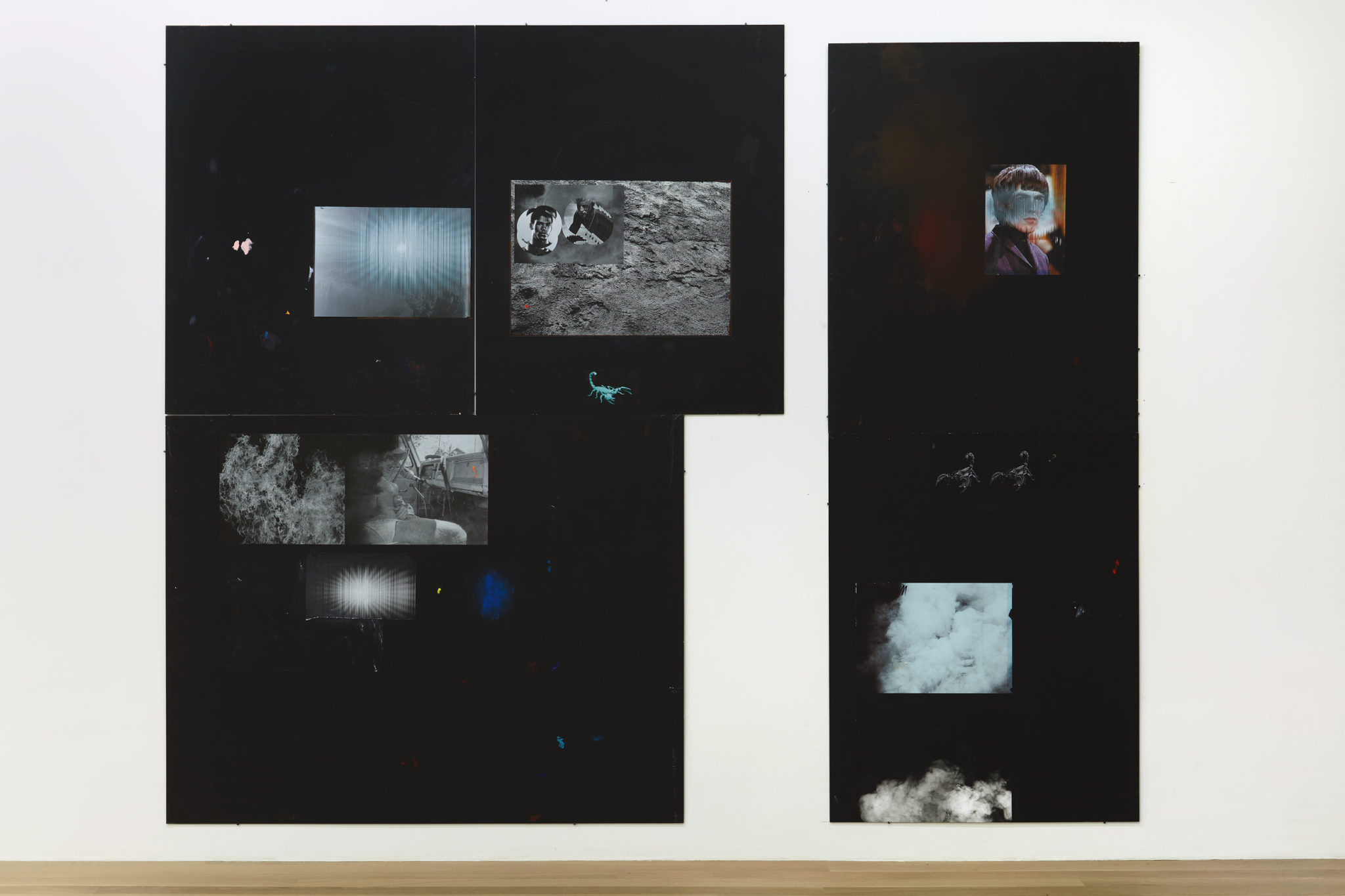
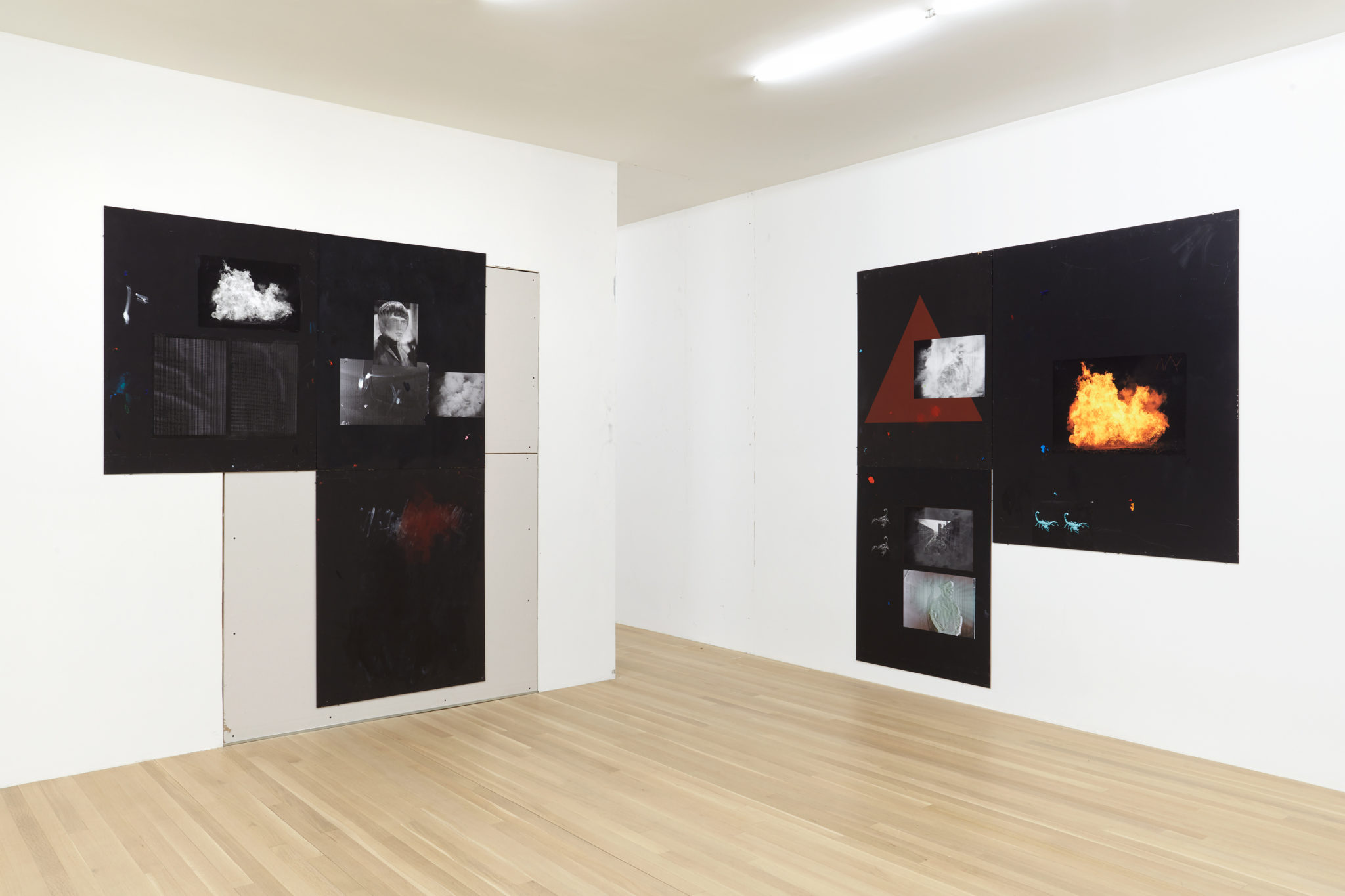
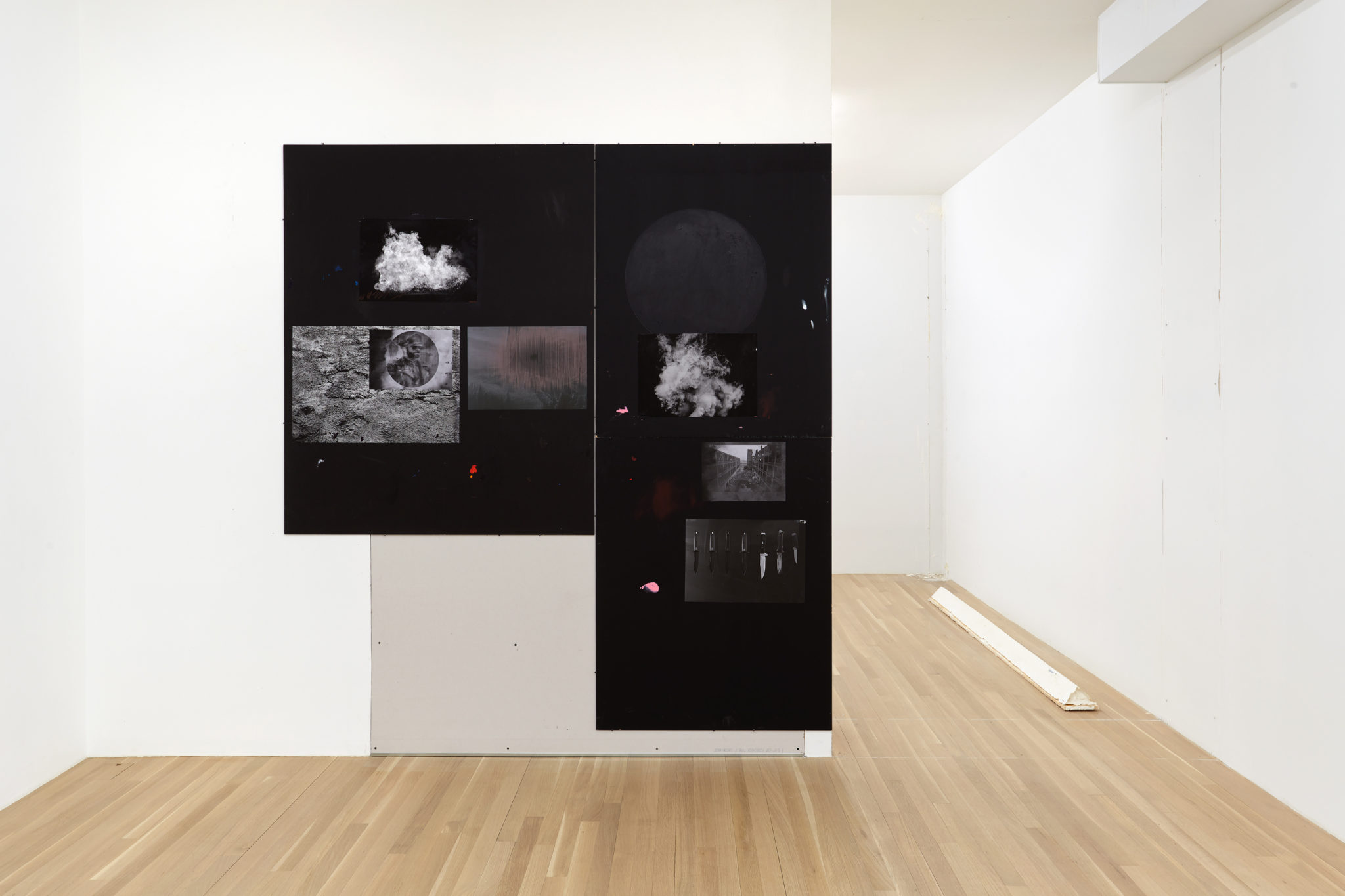
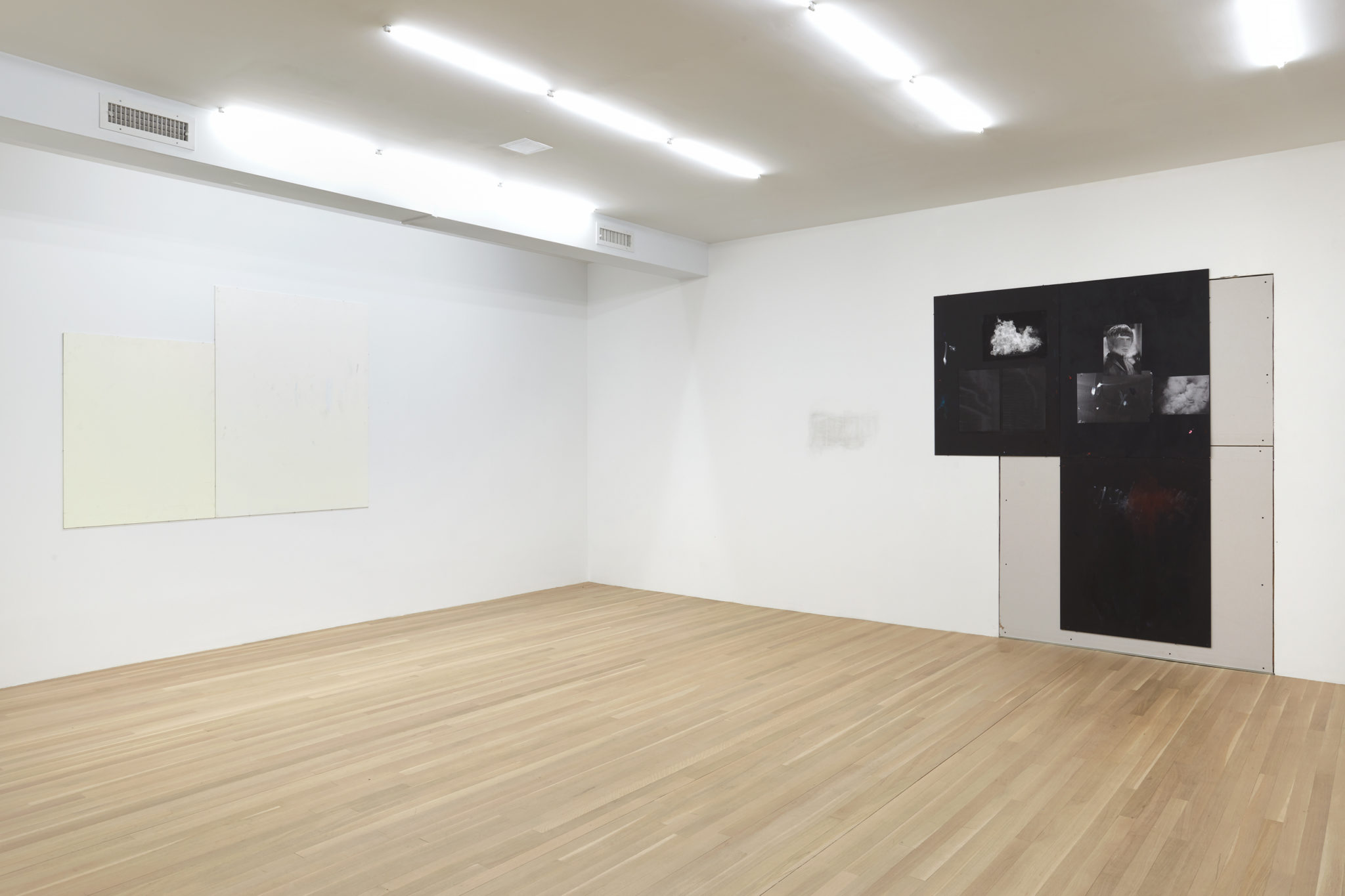
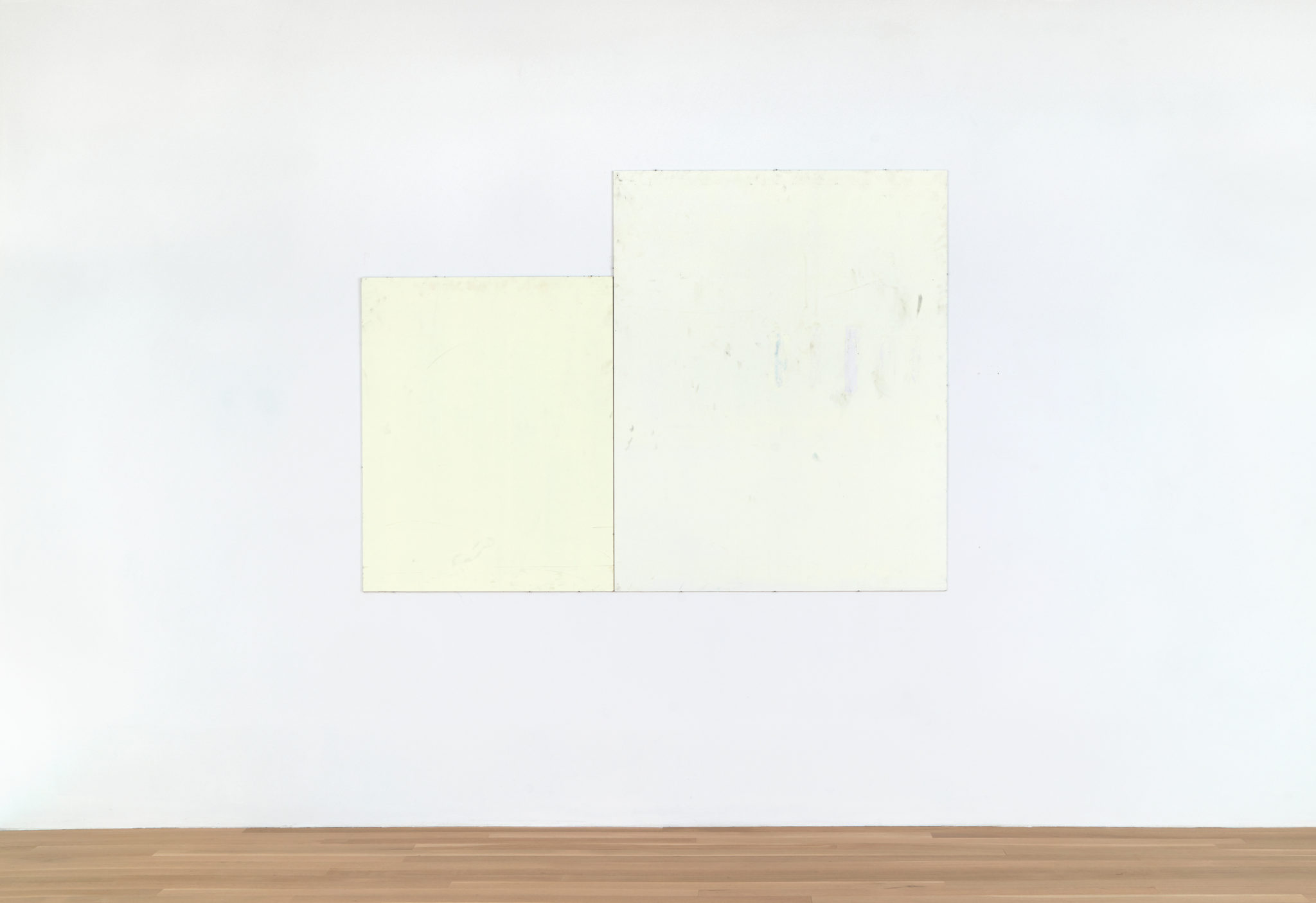
comments are closed !